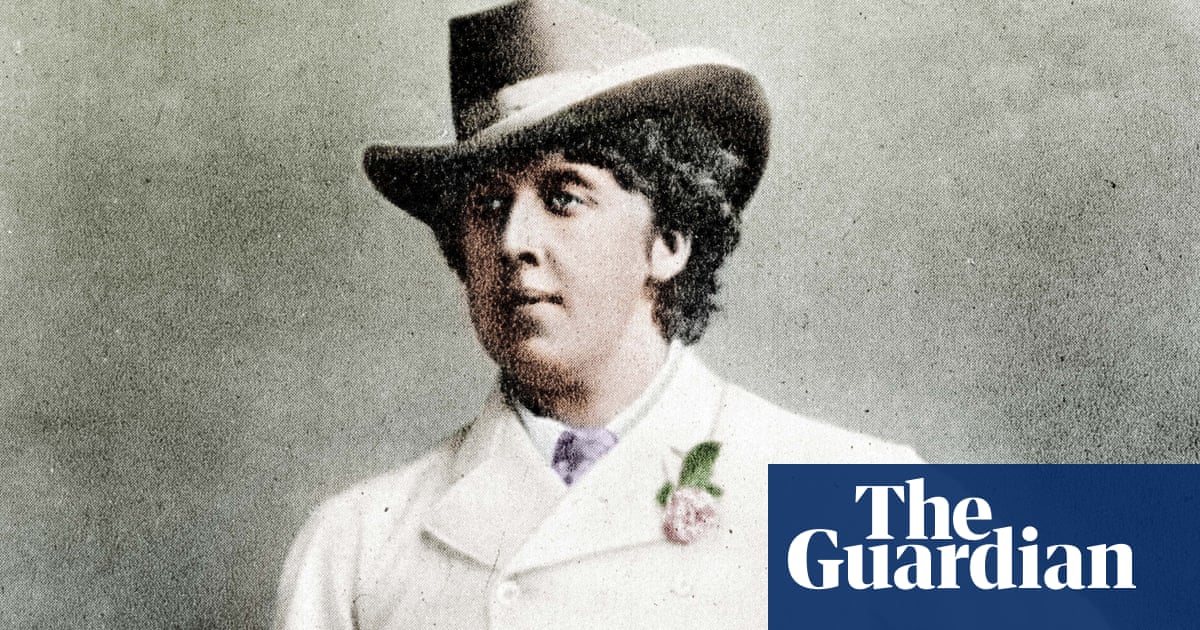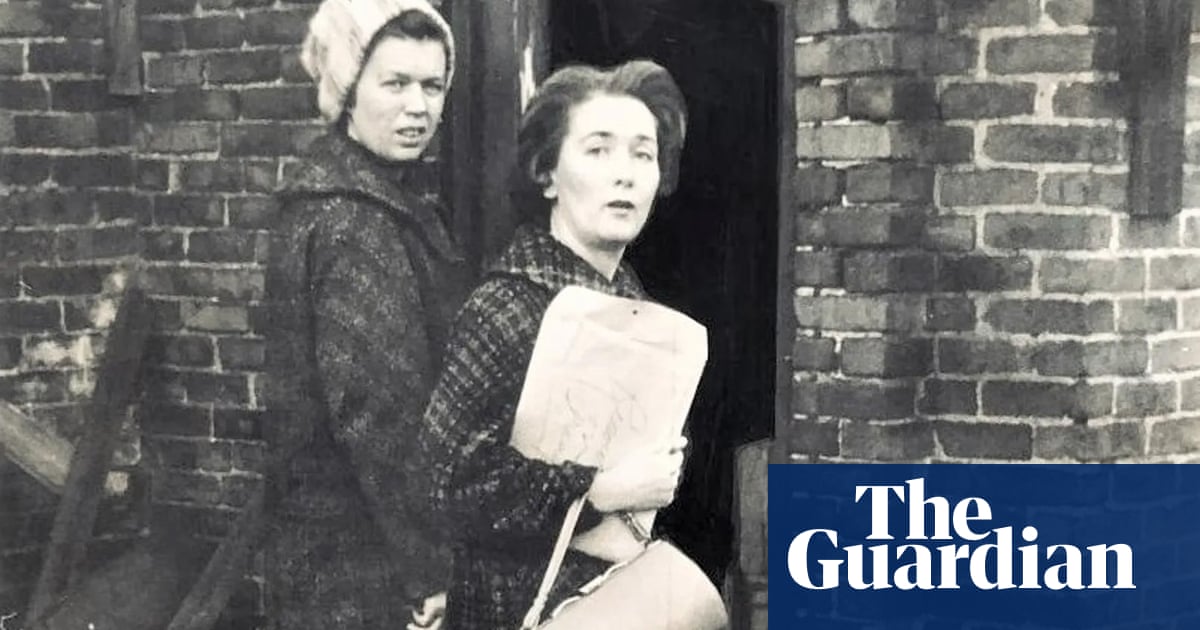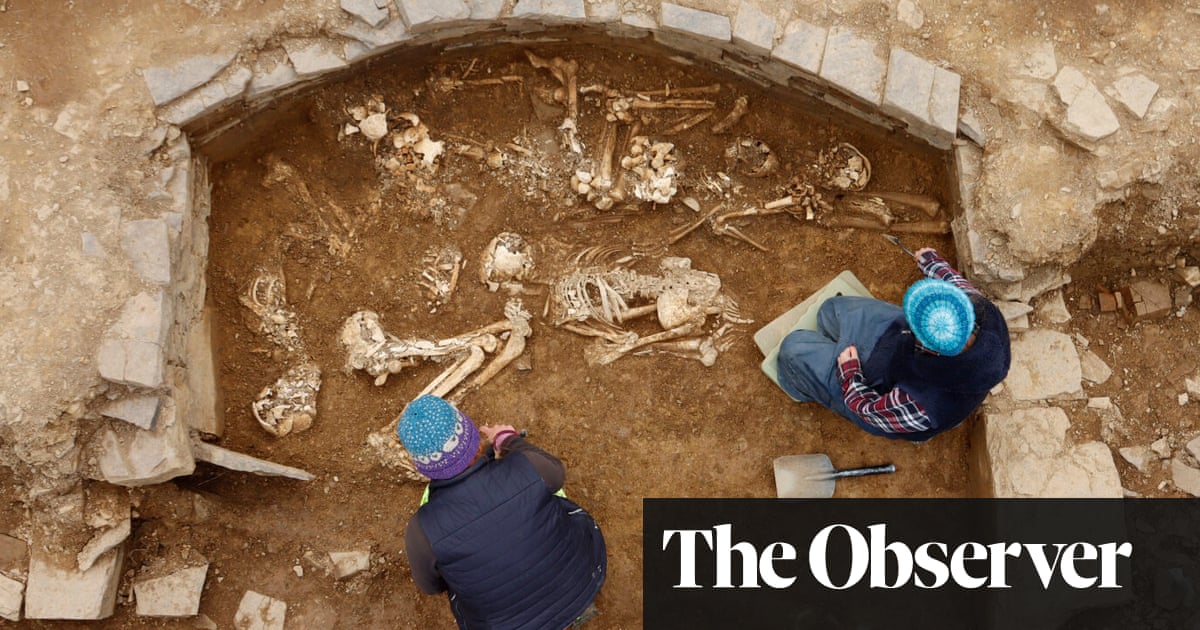
It was 12 years ago that conservator Anita Bools first laid eyes on photographs which had been left in a plastic bag at the reception of the National Trust site Sutton Hoo by a mystery donor.
She remembered they were laid out on tables for her to see and decide how important they might be. “It was one of those moments you get prickles down the back of your neck. I thought ‘my goodness … this is the genuine thing’. It almost felt like the archaeological discovery itself.”
The hundreds of images in meticulously prepared albums were from August 1939. In fascinating detail they captured the excitement of one of the most extraordinary archaeological digs in British history.
On Wednesday, the trust announced it had completed a project conserving, digitising and making the photographs taken by Barbara Wagstaff and Mercie Lack, two schoolteachers and friends with a passion for photography and archaeology, publicly available.
Lack was staying with her aunt on holiday when she heard about the discovery of an Anglo Saxon ship at nearby Sutton Hoo in Suffolk. She visited the site and got permission to return with her friend Wagstaff to photograph the dig.
Remarkably, Lack and Wagstaff also managed to obtain rolls of 35mm German Agfa colour slide film which became briefly available before war broke out. The trust believes the resulting images are among the earliest surviving colour photographs of any major archaeological dig.
“Through their contacts, they somehow got hold of the film,” said Bools. “I don’t think we’ve quite worked out how they got hold of it.”
The mystery donor of the albums turned out to be Andrew Lack, the great-nephew of Mercie. He later formally gifted the 11 albums of black and white photographs, one colour album and various other loose prints to the trust.
Over the last three years every image has been conserved, catalogued and digitised and from Wednesday will be available online and to visitors.
All the work has taken place at Sutton Hoo and that was important, said Bools. “I like to think of Lack looking down and watching. I think she would have been absolutely delighted to see things which were so important to her, to see them brought home.”
The two friends were photographing the excavation of the 89ft Anglo Saxon ship buried at Sutton Hoo. The gold and jewelled treasures inside a burial chamber – some of the most remarkable examples of Anglo-Saxon craftmanship ever discovered – had already gone to the British Museum in London, soon to be moved to Aldwych tube station.
The ship was essentially a ghostly fossil in the ground, rather than something which could be dug up. As war came it was covered over with bracken and bits of hessian but was still exposed to the elements. At one point the site was used for tank training.
All that means the Sutton Hoo site is today one of grassy mounds and imagination which will be fuelled, the trust hopes, by the addition of a new 17 metre-high observation tower offering views of the site and its surrounding landscape.
The motivation is not just about views, great though they are, but to help tell a fuller story, said Laura Howarth, archaeology and engagement manager at Sutton Hoo. “We want people to have a greater appreciation and understanding of the burial ground and how it fits in to the wider landscape … the connection to the river, to the sea. On a clear day you can see the cranes at Felixstowe.”
The cast of characters involved in the Sutton Hoo story have become much better known thanks to the Netflix film The Dig which starred Carey Mulligan as landowner Edith Pretty and Ralph Fiennes as amateur archaeologist Basil Brown, the man she hired to excavate the burial mounds.
In the film the photographer is a fictional man played by Johnny Flynn. Lack and Wagstaff are not characters in the film although it could be argued that it covers the uncovering of the treasures, events which they did not photograph.
Whatever the rights and wrongs of that, the National Trust now hopes the names of Lack and Wagstaff will also be properly recognised as heroes of the Sutton Hoo story.
“They made such a valuable contribution,” said Howarth. “It has been such a privilege working with their collection, you kind of feel you know them a little bit and one of the great things now is to share that with other people.”












